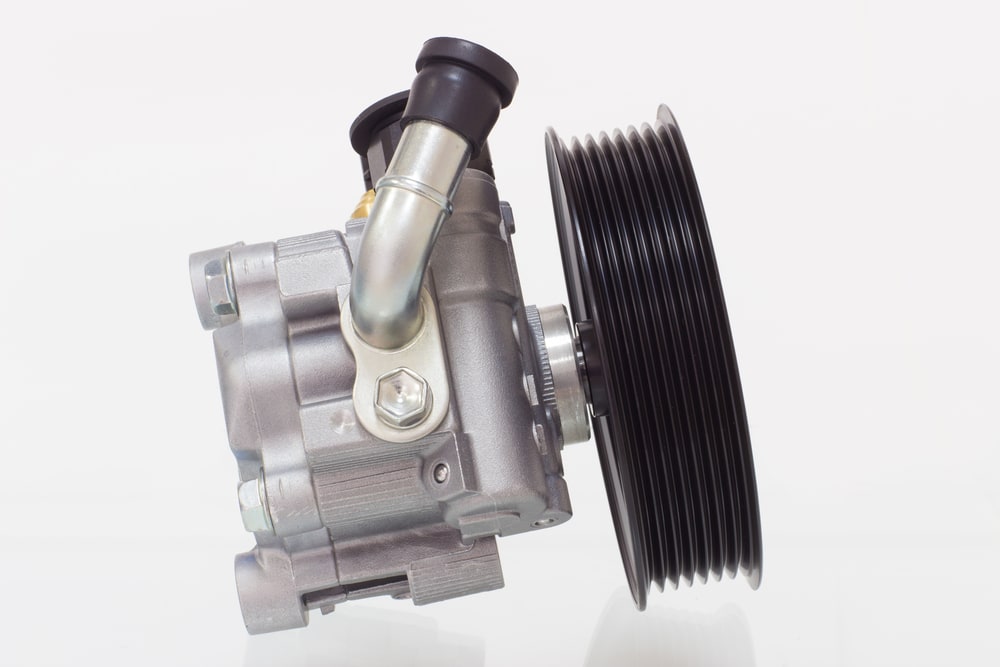

Most cars on the road today (and in the past) use a hydraulic power steering system. A pump sends power steering fluid through a series of lines to the power steering rack, which augments your ability to turn the steering wheel. It’s designed to make turning the wheel easier – anyone who’s ever driven a car without power steering knows just how difficult it can be to steer.
Some newer cars have started being manufactured with an electronic power steering system, or EPS. These are very different from their older cousins. There is no power steering pump. There is no need for power steering fluid. The entire system is electronic, and is controlled by a power steering control unit. This unit ties in with the car’s other computers to help provide better control while on the road.
The control unit is mounted in the dash behind the steering wheel and connects directly to an electric motor. This motor connects to the steering column, and from there to the steering rack.
Your car’s power steering control unit is in use every time the car is cranked and running. Even if you’re not actually turning the wheel, the system is still monitoring the various sensors it uses. However, physical wear and tear is not really much of a concern here since most the parts are electronic.
There is no set lifespan for your car’s power steering control unit. In most instances, it should last for the life of the vehicle. However, electronics are subject to unanticipated failures. It pays to know the signs and symptoms to watch for that might indicate your power steering control unit or another EPS component is about to fail. These include:
- EPS Light on in the dash
- Loss of power steering assist (more force required to turn the wheel)
Note that in some instances, your electronic power steering system will automatically shut down to prevent damage from overheating. This is primarily seen when driving on steep slopes with lots of turns (a winding mountain road, for instance). In these instances, there is nothing wrong with the system and normal operation will resume once the temperature has reduced.
If you’re concerned that your power steering control unit is failing, notice the EPS Light on in the dash, or are experiencing any other problems with your power steering system, a certified mechanic can help inspect the system and make any needed repairs to the power steering control unit if necessary.



